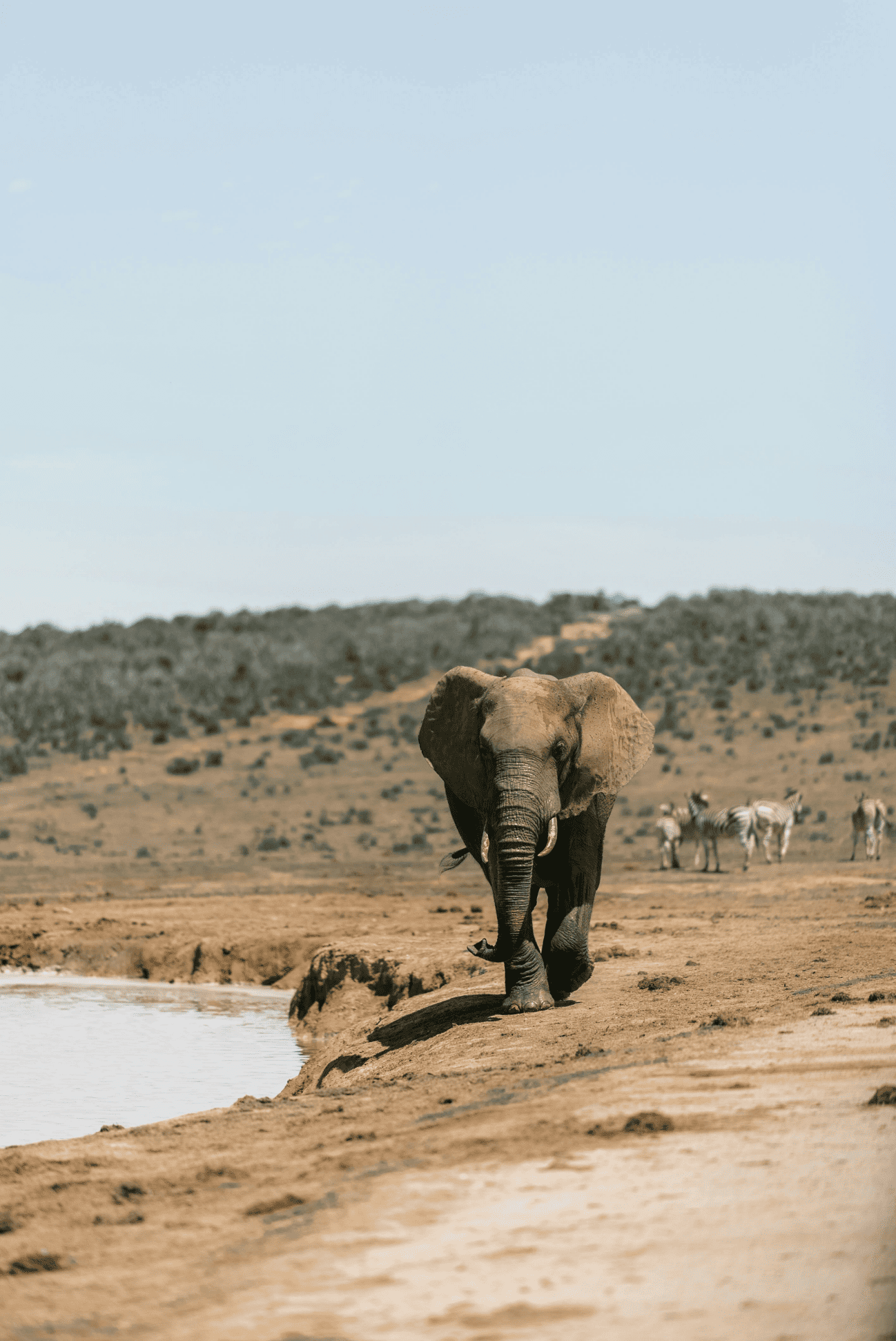
As our planet faces unprecedented environmental challenges, zoos have evolved into crucial players in the fight for ecosystem health and sustainability. Zoos not only protect endangered species but also contribute to the balance and resilience of ecosystems through conservation programs, habitat preservation efforts, and global partnerships. By acting as biodiversity reserves, educating the public, and supporting sustainable practices, zoos help ensure the well-being of natural habitats and the diverse species that depend on them.
Zoos run comprehensive breeding programs that are critical for species with dwindling populations in the wild. For animals like the northern white rhinoceros and the red wolf, zoos provide controlled environments where individuals can safely breed and maintain healthy population numbers. These programs are carefully managed to maintain genetic diversity, which is essential for species’ survival and adaptability in changing environments. By focusing on genetic health, zoos make it possible for these species to thrive and even prepare for potential reintroduction into natural habitats.
Zoos are increasingly involved in habitat restoration projects, both locally and globally. By providing financial support, research expertise, and resources, zoos contribute to the preservation and restoration of ecosystems that support wildlife populations. Projects often include the restoration of wetlands, grasslands, and forests, creating safer environments for wild animals to return to. Some zoos partner with local governments and environmental organizations to establish protected areas, wildlife corridors, and sanctuaries that allow animals to move freely and find food, water, and mates without interference from human activities.
Zoos serve as influential platforms for educating the public about sustainability and eco-friendly practices. Through exhibits and interactive displays, visitors learn how their daily choices—such as reducing plastic use, conserving water, and supporting ethical wildlife products—can make a significant difference. Many zoos also promote “green” initiatives like recycling programs, plant-based diets, and sustainable energy practices, encouraging visitors to adopt a more eco-conscious lifestyle. By advocating for sustainability, zoos empower communities to protect natural resources and reduce their environmental footprint.
As climate change accelerates, zoos are increasingly focused on studying its effects on wildlife. Research on how animals respond to shifting temperatures, altered food sources, and changing weather patterns helps conservationists develop strategies to protect vulnerable species. For example, studying coral reefs and marine species in controlled aquarium environments provides insights into how these ecosystems respond to warming waters, enabling scientists to devise ways to protect coral reefs from bleaching events. Zoos also contribute data to climate resilience programs, ensuring that protected areas can support diverse species as conditions change.
Zoos work with international conservation organizations, government agencies, and research institutions to create a collaborative approach to wildlife protection. By sharing resources, data, and expertise, zoos contribute to large-scale conservation programs that reach beyond their own walls. Many zoos are part of global networks like the World Association of Zoos and Aquariums (WAZA), which coordinates conservation efforts across multiple countries. These partnerships allow zoos to support species recovery projects, emergency rescue operations, and biodiversity research, amplifying their impact on a global scale.
Zoos foster an emotional connection to nature, inspiring visitors to take personal responsibility for protecting the environment. By seeing animals up close, people gain a new appreciation for wildlife and a deeper understanding of the challenges animals face. Zoos offer experiences that go beyond observation, such as animal encounters, conservation talks, and volunteer programs, allowing people to actively participate in wildlife protection. This emotional connection motivates visitors to make environmentally conscious choices, participate in local conservation efforts, and become advocates for global wildlife protection.
Zoos have grown beyond their traditional roles, becoming essential allies in global conservation and environmental health. Through breeding programs, habitat restoration, research, and public engagement, they support ecosystems and promote sustainability. By helping people understand the interconnectedness of species and ecosystems, zoos empower individuals to contribute to environmental protection and ensure a healthy planet for future generations. In this way, zoos are not only protectors of wildlife but also champions of a sustainable future.